A Bumblebee Mimic Robber Fly (Laphria macquarti) Hunting
A Bumblebee Mimic Robber Fly (Laphria macquarti) hunting. June 26th 2018, Smithsonian Environmental Research Center, Edgewater, MD. Robber flies (Asilidae) are predatory insects. Adult forms of both sexes launch grasping aerial attacks on other insects, including stinging insects such as bees and wasps. For this reason they are also known as ‘bee catchers’. Foraging occurs in sunny habitats. They are seldom found in deep woods where it is dark. Here in this observation, the habitat is an exposed sunny edge […]

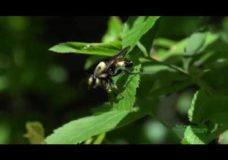
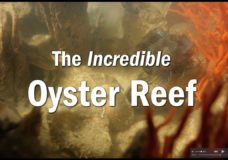
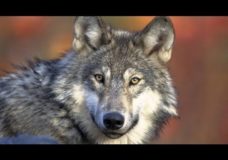


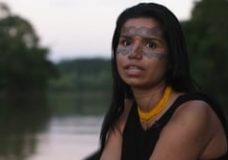
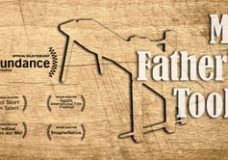
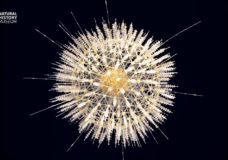
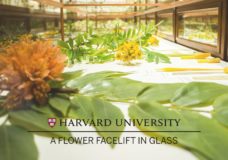




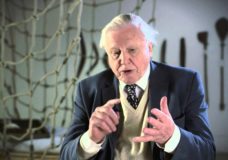


Recent Comments